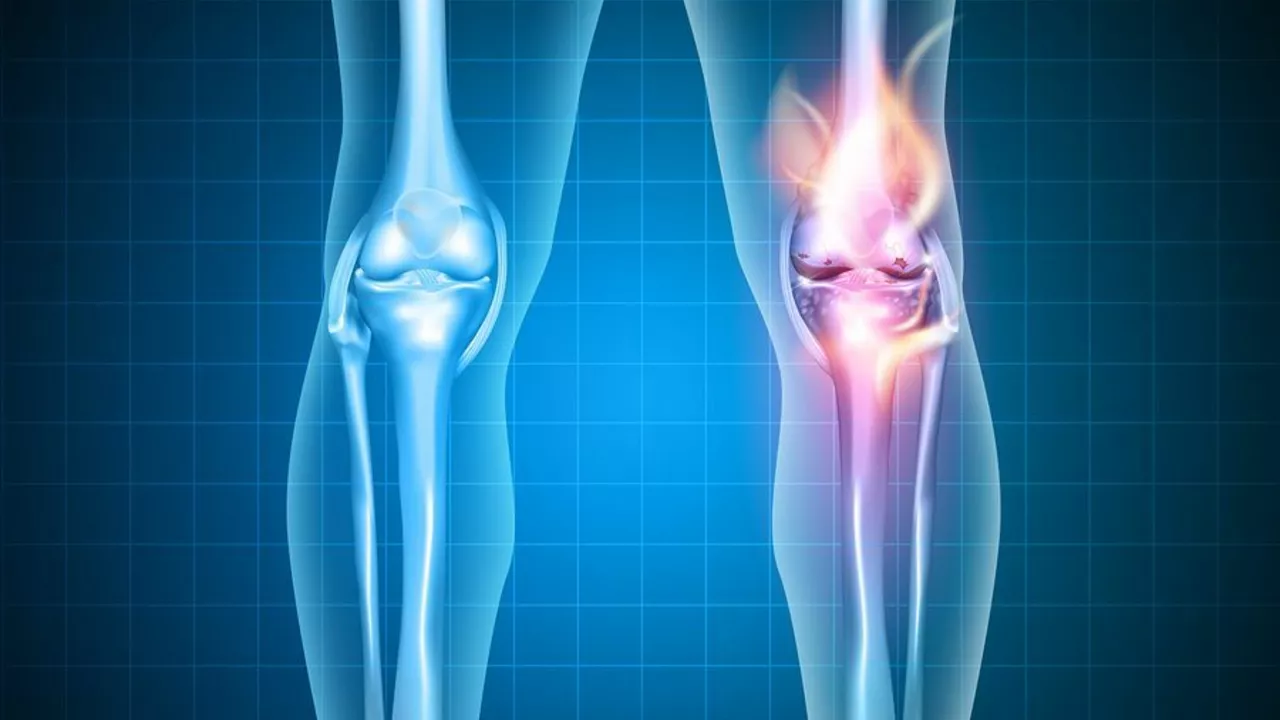Juvenile arthritis: what parents should know right now
Is your child limping, stiff in the morning, or avoiding play because a joint hurts? Those small signs can hide juvenile arthritis — a medical name for long-term joint inflammation in kids. Early recognition and action make a big difference: the right treatment can control pain, protect growing joints, and keep your child active.
Signs and diagnosis
Juvenile idiopathic arthritis (JIA) is the most common type. Watch for joint swelling, stiffness (especially after rest), limping, and reduced range of motion. Some children also have fevers, rashes, or tiredness. Eye inflammation (uveitis) can occur without obvious pain, so routine eye checks are important when JIA is suspected.
Diagnosis starts with a careful exam by your pediatrician and usually a referral to a pediatric rheumatologist. Expect blood tests such as ESR or CRP to check inflammation, maybe ANA if there’s a risk of eye disease, and imaging like X-rays or ultrasound to see joint changes. No single test confirms JIA — doctors use the full picture of symptoms, exam findings, and test results.
Treatment and daily life
Treatment aims to stop inflammation, prevent joint damage, and help the child grow and play normally. Common medication steps include NSAIDs for pain, then disease-modifying drugs like methotrexate if inflammation doesn’t settle. Biologic drugs (for example TNF inhibitors) are options when methotrexate isn’t enough. Doctors may use short steroid courses or joint injections to control flare-ups quickly.
Medication is only part of the plan. Physical therapy helps keep joints flexible and muscles strong. Occupational therapists teach joint-protection techniques and practical tools for school or home tasks. Regular, low-impact exercise — swimming or cycling — keeps kids fit without stressing joints. Heat packs can ease stiffness before activity; ice can calm down a hot, swollen joint afterward.
Kids on immune-suppressing drugs need extra care around infections and timely vaccinations; talk with your specialist about which shots are safe. Also watch growth and mood — long-term illness can affect sleep, school performance, and mental health. Simple school adjustments (extra time between classes, permission to rest, or modified PE) often make a big difference.
When should you see a doctor now? Call your pediatrician if a joint is swollen, warm, or painful for more than a week, if your child limps, or if they have unexplained fevers. If eye redness or vision changes appear, get urgent attention — uveitis can be silent but damaging.
With early care, most children with juvenile arthritis can lead active lives. Keep communication open with your care team, build a support plan for school and activities, and focus on daily routines that protect joints and boost confidence. If you’re worried, ask your pediatrician for a referral to a pediatric rheumatologist — getting the right help early matters.

